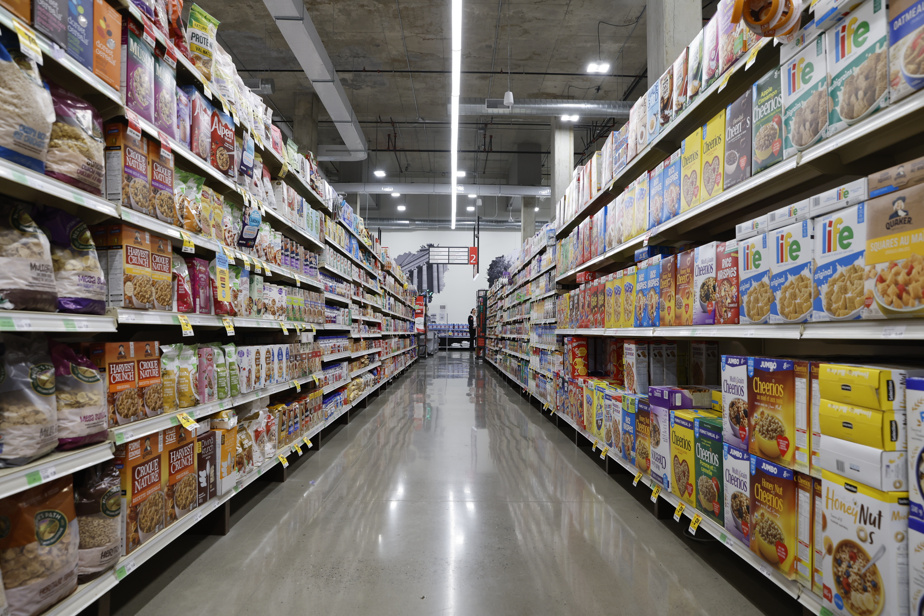Every Saturday, one of our journalists answers, in the company of experts, one of your questions on the economy, finances, markets, etc.
I want to know why grocery stores are forcing double purchase for more and more products. Why do traders use this practice?
Lyne Poupard
While retailers who offer discounts on multiple purchases claim this is a way to save consumers money, they also do so to “maximize” the grocery basket and compete with warehouses that sell large formats, says Pascal Leduc, President of Leduc Strategy and Business Management Consulting.
“The purpose of multiple purchases is to allow consumers to save money by purchasing more units of a given item relative to its unit price. There are many ways to save at Maxi and Provigo; multiple purchases are one more tactic that has been added to our vast arsenal,” explains Geneviève Poirier, spokesperson for Loblaw (Provigo, Maxi).
But what is the benefit to the retailer of offering volume discounts? “One of the major challenges for retailers is to maximize the value of the grocery basket and transactions,” explains Pascal Leduc. By offering incentive discounts on multiple purchases, we are also trying to offer an alternative to the large formats offered in other networks such as club warehouses. »
The challenge is to increase the grocery basket, to get a bigger slice of the consumer’s stomach. By doubling the quantities, it’s quite a winner.
Pascal Leduc, President of Leduc Strategy and Business Management Consulting
Not all retailers use this strategy, but customers who are used to shopping at Maxi can see discounts on group purchases in each grocery aisle. Lindt chocolate bars available for $3.50 each with the purchase of two or more ($3.79 for the consumer who slips just one in their basket), bottles of President’s Choice dressing at $2.75 for those who take at least two, otherwise each comes to $3.49, and packets of cheddar cheese slices $4.99 each, but comes to $4.00 for those who want to store several in their fridge.
These discounts are just a few examples of the many promotions of the same type as The Press was able to observe while visiting a Maxi store earlier this week.
IGA also adheres to this practice. In its flyer valid until May 10, the brand offers two bags of Compliments bagels for $4 or $2.99 for one. Same scenario for potato chips, where customers are offered three bags for $7.98, when they cost $2.99 each.
On the Metro side, this strategy is only used on rare occasions, says spokesperson Geneviève Grégoire. “For discounts, both at Metro and at Super C, items purchased individually as part of a multiple discount are almost always offered at the split price,” she explains. There are exceptions, special promotions where it will be clearly identified, but in the majority of cases, a special for two [articles] for $5 as an example, a single item will be sold at $2.50. »
According to her, this approach has “the advantage of meeting the needs of many consumers who do not want or cannot buy all the [articles] promotion”.
A legal practice
When items are offered at a discount, the price of the promotion is usually much more visible than the price of the single item, written in a much smaller size. This way of displaying prices, which may seem dubious to many customers, is nevertheless legal, confirms Alexandre Plourde, lawyer and analyst for Option consommateurs.
“The trader is free to set prices as he sees fit. What is important to us is transparency. His legal obligation is to write the unit price clearly. »
“There may be legitimate reasons for a merchant to offer volume discounts. By buying large quantities, the merchant can reduce his costs and pass these savings on to the customer. »
